Insufficient Adhesion
Symptoms: The coating adheres insufficiently to the substrate or previous coats.
Cause: Unsuitable primer applied Wrong product Damp substrate during painting Contaminated substrate (not cleaned or degreased) Weathered timber not removed before coating Previous Coating Unstable Solution
Coating layers that are not sound should be removed. Substrate problem should be addressed (cleaning, degreasing, sanding etc.). Apply a new, suitable coating system.
Insufficient Flexibility
Symptoms: A crackle effect or cracking appears.
Cause: Different paint systems intermixed Too brittle paint system caused by ageing Applied product cannot follow the movements of the substrate and/or underlying paint layers Solution
Remove all coating and apply a new, suitable coating system.
Peeling of Coating
Symptoms: Total/local loss of adhesion of paint system.
Cause: Internal tension in paint films Deformation of substrate Humidity or gas formation Wrong paint sytem Several layers are applied which are not compatible with each other Insufficient flexibility of applied paint Cracking originating from substrate Paint system applied to damp substrate or one with a high moisture content. Solution
Paint layers that are not sound should be removed. After the appropriate pretreatment, a new system should be applied. Touch up bare spots with primer/undercoat and finish with topcoat.
Saponification
Symptoms: The coating is not resistant to alkali. Blisters appear, paint softens and flakes off.
Cause: Incorrect use of product Application of alkyd based topcoat to alkaline material (e.g. concrete or cement) Humidity problems Caustic stripped surface not neutralised Solution
Remove all paint layers and apply a new alkali resistent system. Prevent water penetration. Apply an alkali resistent system.
Soft Paint Film
Symptoms: The dry film has a soft and weak character.
Cause: Paint applied too thickly Painted during impossible working conditions With two-component products the wrong mixing ratio is used Solution
Paint layers that are not sound should be completely removed. Apply a suitable protection system and allow a longer drying time to improve the conditions under which it is painted.
Floating / Flooding
Symptoms: Multi colored effect.
Cause: One of the pigments used floats to the surface causing a multi colored effect (happens mostly with blue, green and violet pigments) Solution
Sand after drying. Apply a further top coat which doesn’t ‘float’.
Salt Efflorescence
Symptoms: A white salt deposit appears, usually on plywood or brickwork.
Cause: Occurs with some plywoods Excess salts migrate to surface through coating Solution
Clean down. May re-occur. Apply freshen up coats if necessary.
Haziness (Blooming)
Symptoms: At the surface a greyish haze appears which gives the paint a dull glow.
Cause: Fog and/or humidity during drying Insufficient ventilation Coating over-thinned Solution
Sand and apply a new top coat.
Yellowing
Symptoms: The applied pale color turns yellow.
Cause: With an alkyd based topcoat this is intrinsic to the binder.
Solution: Sand and clean. Often solved by altering the chosen color to a grayish option, which makes the problem less visible. Apply waterbased paints, which are less prone to yellowing.
Lifting
Symptoms: A wrinkling effect immediately after painting.
Cause: The applied coat contains aggressive components which will dissolve the undercoat Softening, swelling or separation from the substrate of a dry coat as the result of the application of a subsequent coat Solution
Apply another type of paint as topcoat or remove old paint layers and apply a new paint system. Use compatible paint products.
Algae Growth
Symptoms: The coating surface shows a green growth, usually on north facing timbers.
Cause: Plants, bushes and trees in close proximity to coating system. High humidity of surroundings and/or moisture content of substrate Solution
Remove / kill algae/mold and clean substrate. Treat with a fungicidal (or diluted bleach) solution. Scrub dead spores loose, rinse clean and allow to dry fully. Where necessary, redecorate with suitable coating.
Sagging
Symptoms: Localized “drips” and “tears” appear.
Cause: Paint not applied evenly over the surface Coats applied too heavily Paint doesn’t have the right consistency (incorrect thinning) Solution
Remove by sanding after thorough drying is completed. Apply the coatings thoroughly and and evenly. Apply at the proper viscosity and the recommended wet film thickness.
Blistering
Symptoms: Large or small blisters, possibly only in topcoats of the system.
Generally only local loss of adhesion of paint system.
Cause: Application over localized contamination (e.g. grease, oil, resin) Humidity or gas vapour formation from the substrate Solvent could be trapped between coats of the paint system if the primer or mid coat has not been allowed to dry fully. Incorrect coating system, e.g. quick drying top coat, at which the contained organic solvent causes blisters. Solution
Coating layers that are not sound should be removed. After the right pre-treatment against moisture penetration, a new system should be applied. Touch up bare spots with primer and finish with finish topcoat.
Bleeding
Symptoms: The bleeding through of contents of the substrate through existing paint layers or systems.
Cause: Certain timbers such as Western Red Cedar, Oak, Meranti or Idigbo are prone to bleeding Chemicals within timbers prone to bleeding (i.e. timbers with a high natural extractive content) are mobilized by water Colors from previous coatings such as bitumen or creosote can bleed through Problem more prevalent with water-borne coatings. Solution
Clean the coating surface to make sure that the bleeding components have been removed and apply a fresh coating system. Apply sufficient layer thickness to prevent water from dissolving the bleeding wood content. Apply a full primer. Finish with one or two coats of finish.
Chalking
Symptoms: The paint system shows a powdery surface.
Cause: Normal ageing effect Insufficient outdoor durability of product Product property (high extender content/pigment content/based on epoxy resin) Solution
Remove powder at the surface. Clean and sand substrate. Touch up bare spots. Finish with one or two coats.
Craters
Symptoms: Contamination of the substrate (e.g. silicone, grease, wax) causes surface defects . This results in areas where the coating does not form a complete film over the substrate.
Cause: Often a silicone or wax contamination Surface not cleaned sufficiently before application When spray-applied: poor film formation Open pored timber Solution
Clean surface with a suitable emulsion cleaner or silicone remover where appropriate. It may be necessary to remove affected coatings. Primer or base stain should be worked/brushed well into open pored timbers.
Fish Eyes
Symptoms: Contamination of the substrate (e.g. silicone, grease, wax) causes surface defects This results in areas where the coating does not form a complete film over the substrate.
Cause: Usually a (silicone) contamination Insufficiently cleaned substrate When spray-applied: poor film formation solution.
Sand thoroughly. Clean surface thoroughly with a suitable emulsion cleaner or silicone remover. Finish with one or more topcoats.
Brushmarks
Brush marks, orange peel poor leveling etc.
Cause: The open time of the product is too short Incorrect dilution Unsuitable brush or roller Application conditions too hot or too cold Solution
Sand thoroughly and apply a further coat to a better standard. Use a good quality brush (synthetic for water-borne coatings
Blushing
Symptoms: When humidity is trapped in wood stains or varnishes, white spots/patches may appear.
Cause: Damp substrate or humid atmosphere when coating was applied or during drying Porous varnish/stain type Water getting in (moisture ingress) Insufficient coats applied, or coats applied too thinly Solution
Remove old varnish/stain layers; if necessary treat with wood bleach, which will restore the original wood color. Consequently treat with a new system.
Cracking
Symptoms: The coating system shows localized cracking, which results in loss of adhesion and flaking.
Cause: Internal stresses of coating system Deformation or breakdown of the substrate e.g. joints opening, splits in the timber Unsuitable coating system Several layers are applied which are not compatible Insufficient flexibility of applied paint Cracking originating from substrate Moisture on substrate at application Solution
Coating layers that are not sound should be removed. After the right pretreatment, a new system should be applied. Touch up bare spots with primer and finish.
Crackle Formation
Symptoms: A crackle effect appears, random cracks all over the surface
Cause: Coating system too brittle for the substrate Layers applied too thickly Coatings applied at too low temperature and/or too high relative humidity Applied product cannot follow the movements of the substrate Contamination between layers Solution
Coating layers that are not sound should be removed. After the right pre-treatment, a new system should be applied.
Flaking
Symptoms: Loss of adhesion of coating system on substrate or loss of intercoat adhesion.
Cause: Insufficient cleaning / degreasing Unsuitable system Insufficiently sanded Damp substrate or high moisture content Condensation on substrate at application Solution Coating layers that are not sound shall be removed. After the correct pretreatment, a new system should be applied. Apply suitable primer/base stain and top coat(s).

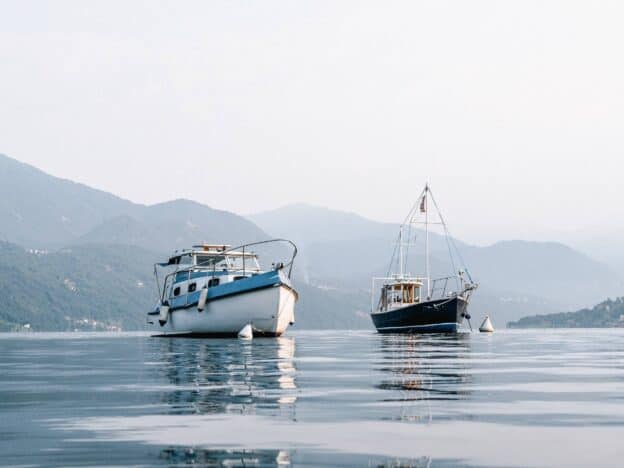
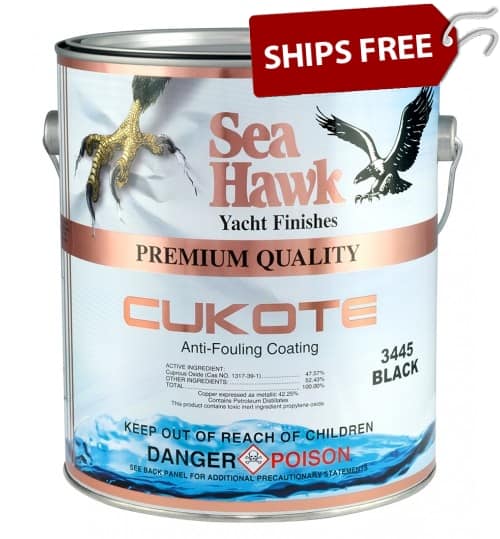
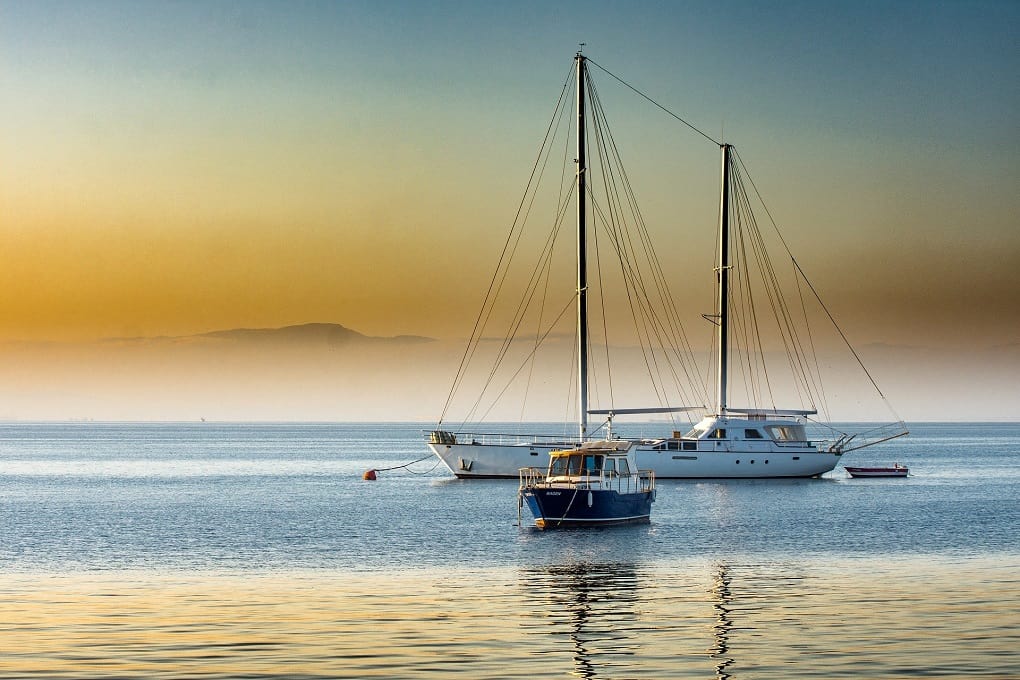
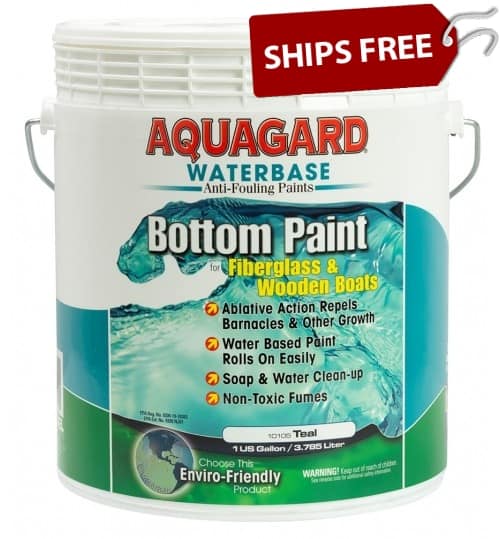
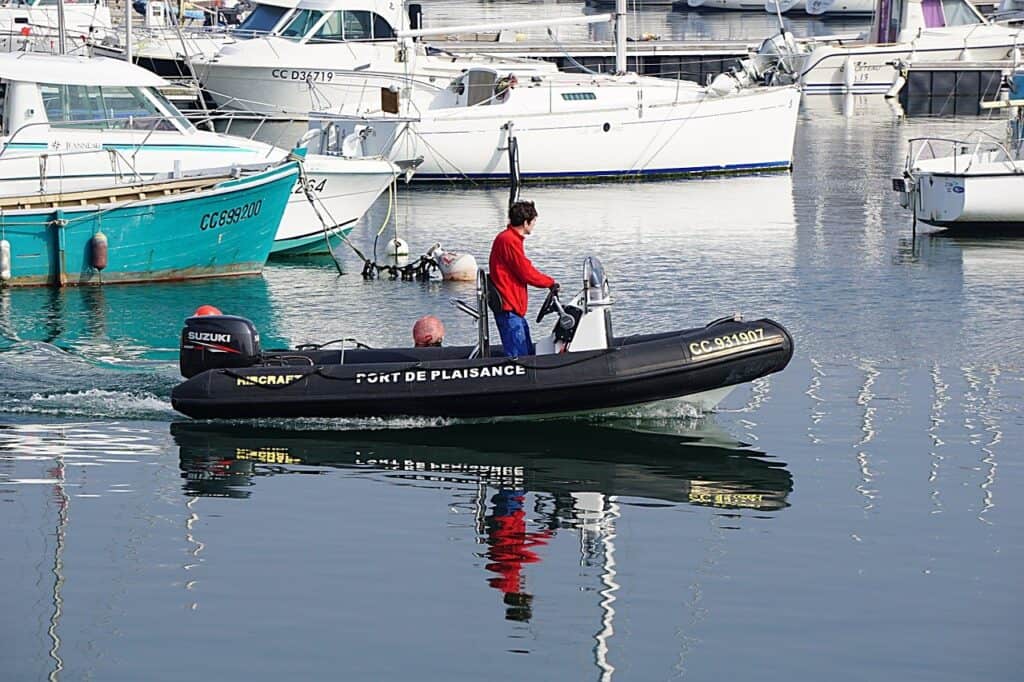
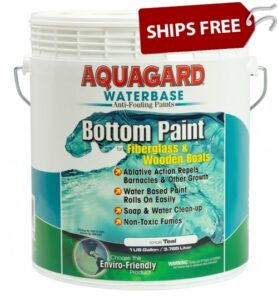
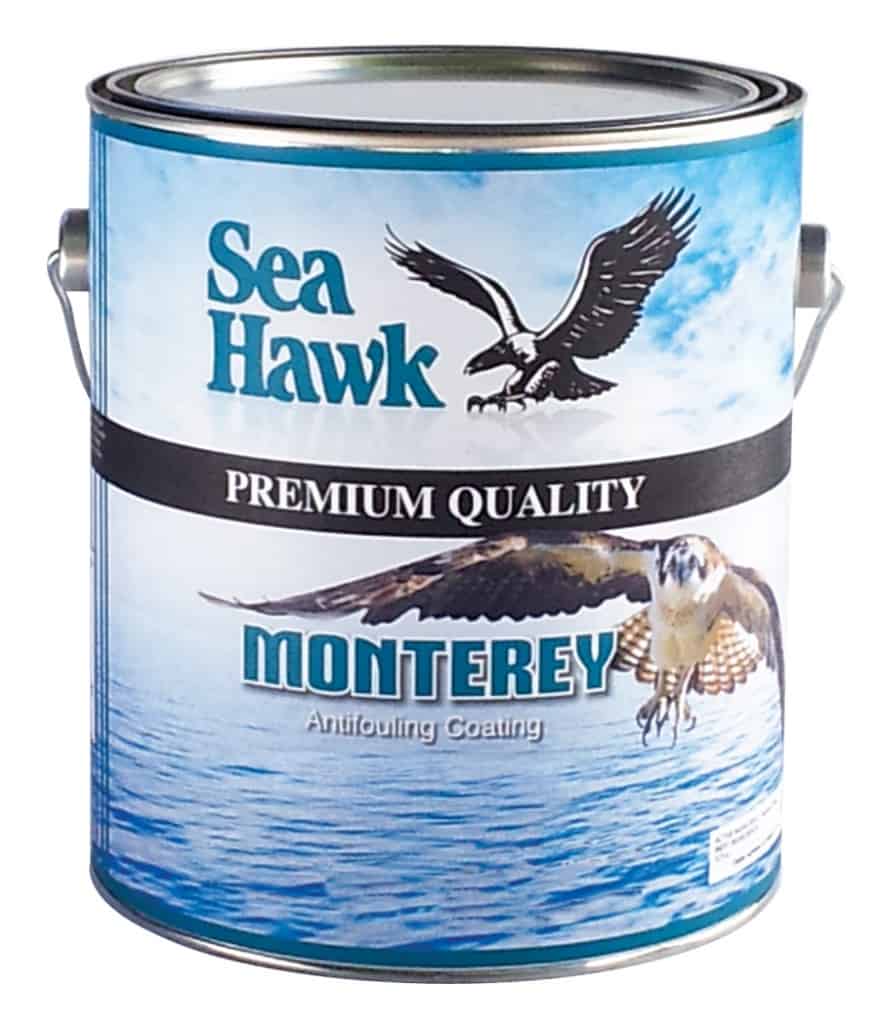
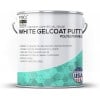


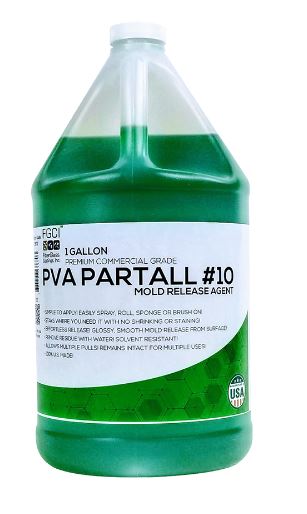

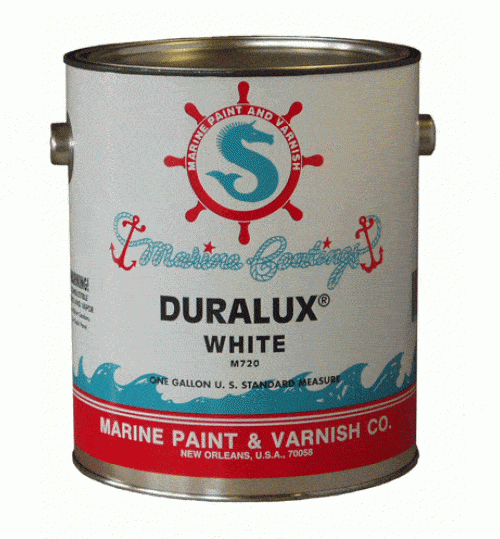
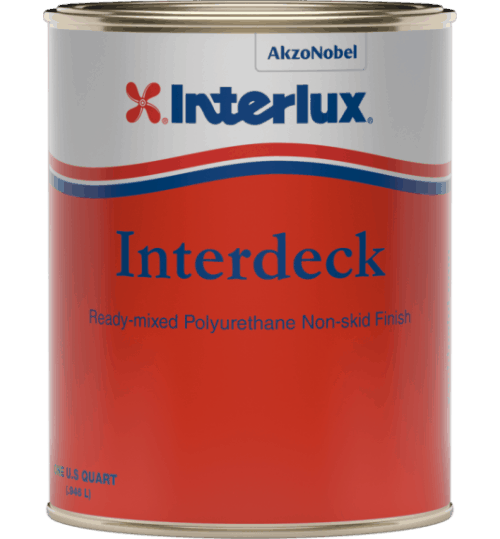

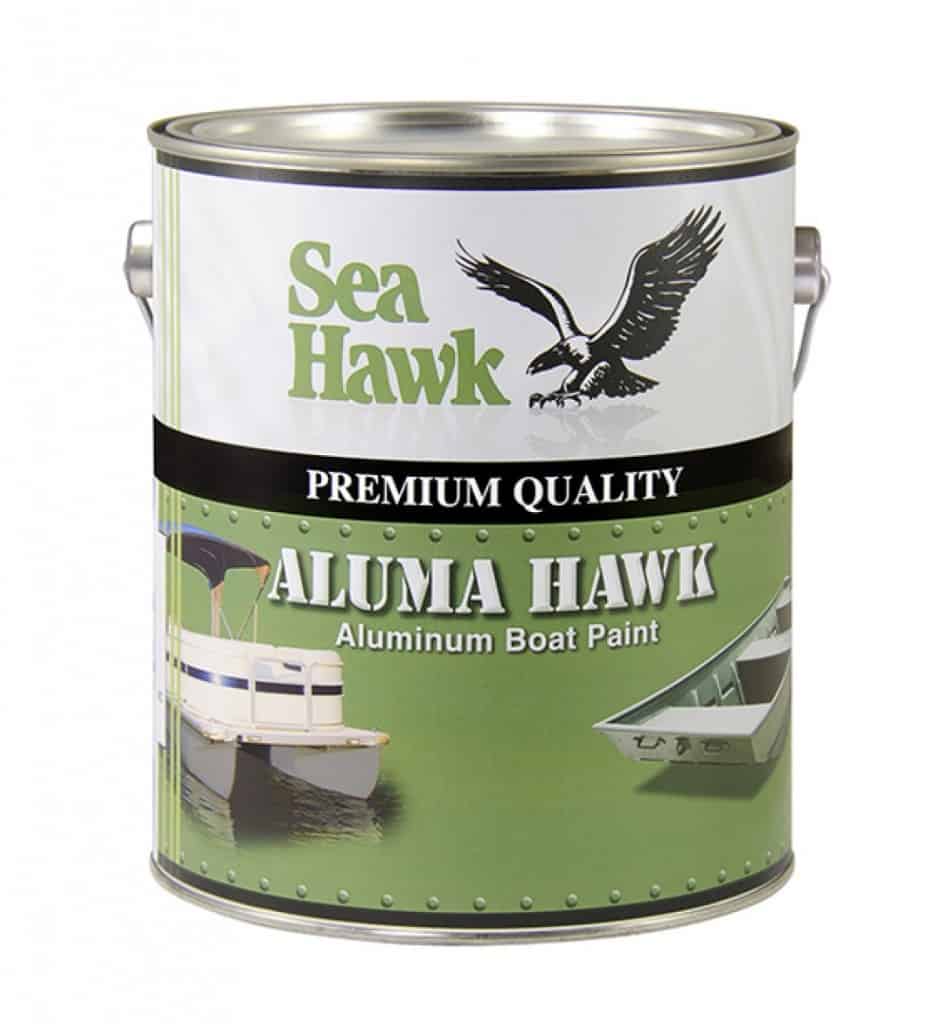

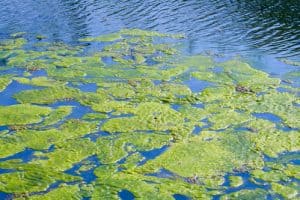 Most Antifouling Bottom Paint is marketed toward the harsh conditions of the Caribbean. But which Antifouling Bottom Paint will work best in Freshwater Lakes?
Most Antifouling Bottom Paint is marketed toward the harsh conditions of the Caribbean. But which Antifouling Bottom Paint will work best in Freshwater Lakes?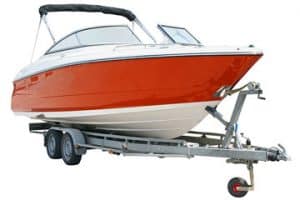 If the boat comes out of the water periodically, such as on a lift or trailer,
If the boat comes out of the water periodically, such as on a lift or trailer,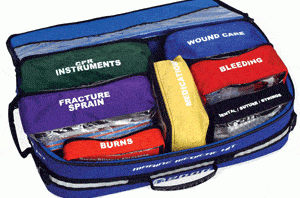
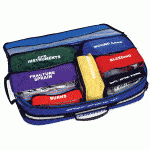
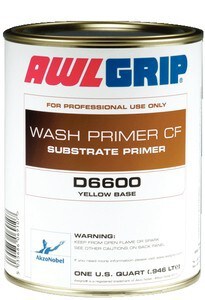 II. Apply Awl-Wash Primer CF (
II. Apply Awl-Wash Primer CF (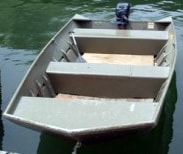 How to Fix a Leaking Seam or Rivet on Aluminum Boat
How to Fix a Leaking Seam or Rivet on Aluminum Boat
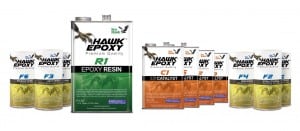 Make sure the blisters are thoroughly drained and grind them deep enough to remove any damaged material beneath the gelcoat. Increase size of ground area as needed until all the laminate around the blister is sound. Clean the entire area and allow it time to dry.
Make sure the blisters are thoroughly drained and grind them deep enough to remove any damaged material beneath the gelcoat. Increase size of ground area as needed until all the laminate around the blister is sound. Clean the entire area and allow it time to dry.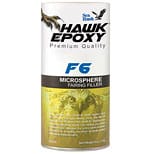 The filler recommended for blister repair is F6 MicroSphere Fairing Filler.
The filler recommended for blister repair is F6 MicroSphere Fairing Filler. 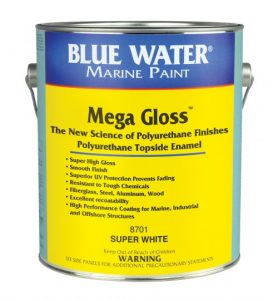
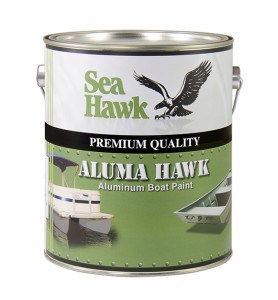 gray, Jon boat green, and black.
gray, Jon boat green, and black.